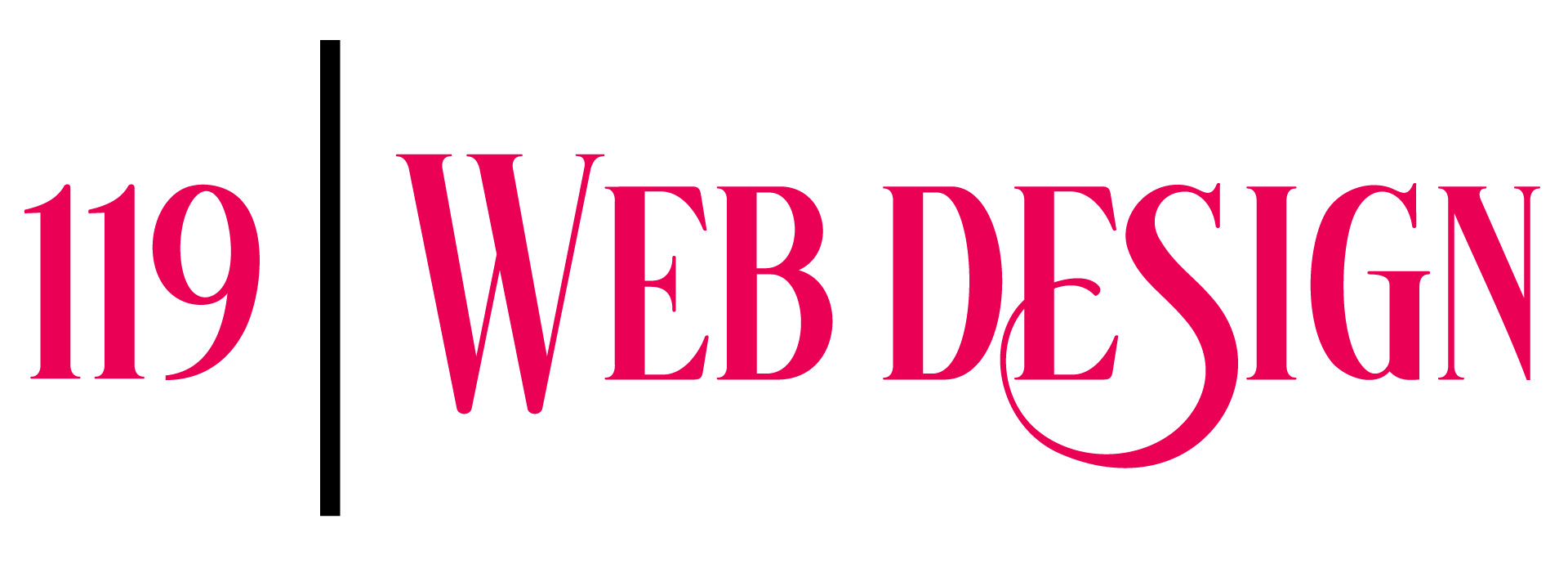Web design encompasses a variety of disciplines and skills in the creation and management of web sites. The various disciplines of web design generally include web graphic design; web authoring, which include standardised software and proprietary coding; graphic design and animation; user experience design; and search engine optimisation. There is also overlap within web design. A web designer might be an artist who creates the images for the web site or an information architect who designs the Search Engine Optimisation for the web site.
In web design there is typically a need for greater visual creativity than with traditional media such as illustrations, photos and text. The use of visual images is therefore more common. For example, photographs are often used to accompany web pages rather than text. These pictures are often created using Adobe Photoshop and then used with Flash to create the image displayed on the page. Alternatively, some websites employ a combination of written and visual content to provide an interesting and unique experience.
One key area of modern web design is the use of grids and grid maps. Many websites use what are called “grid” maps in their web designs. These are flat, two-dimensional charts that show the location of objects on the page. Using these maps can help make the layout of web pages easy to follow and understand. They can also aid in the search engines when they are trying to locate certain types of web pages.
Another area of web design is found in what are known as website builders. Website builders are programs that allow users to construct web pages using just a few mouse clicks. The software can be used for basic website construction or complex website designs. These website builders often make use of programming languages such as JavaScript and HTML. This makes them very convenient for novices and allows them to construct website pages in a matter of minutes.
Web browsers make use of what are called “gutters” in order to display web pages in a smooth and fluid manner. A gutter is a piece of overhead glass found within the web browser that separates the background image from whatever is being viewed on the webpage. These gutter systems are a vital part of providing smooth functionality and are an important component of many web design and transitions. Webmasters have various options when it comes to the construction of these guttering systems, and the results are often spectacular.
Chapter 3: Web Navigation – All of the previous chapters discussed how web pages are constructed through the use of web browsers. Now we move into the more advanced topics of navigation. As you likely have guessed, the primary goal of websites is to provide their visitors with the most relevant content and the ability to find what they are looking for at a glance. In order to achieve this goal, webmasters will want to include as much relevant information about the products or services offered on their websites as possible.
